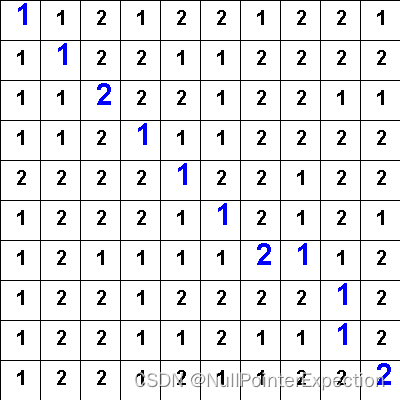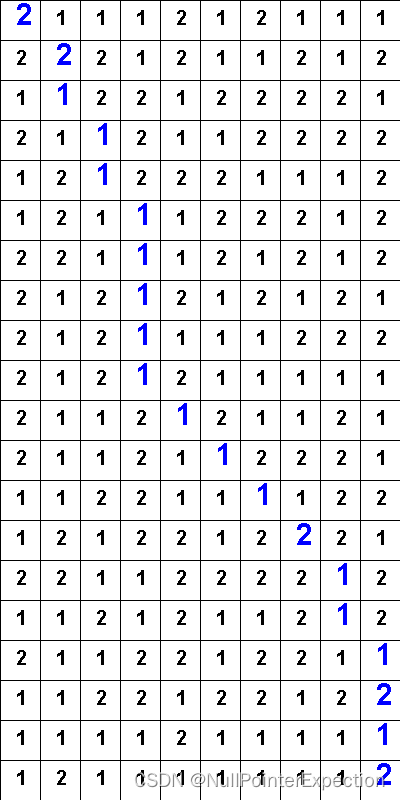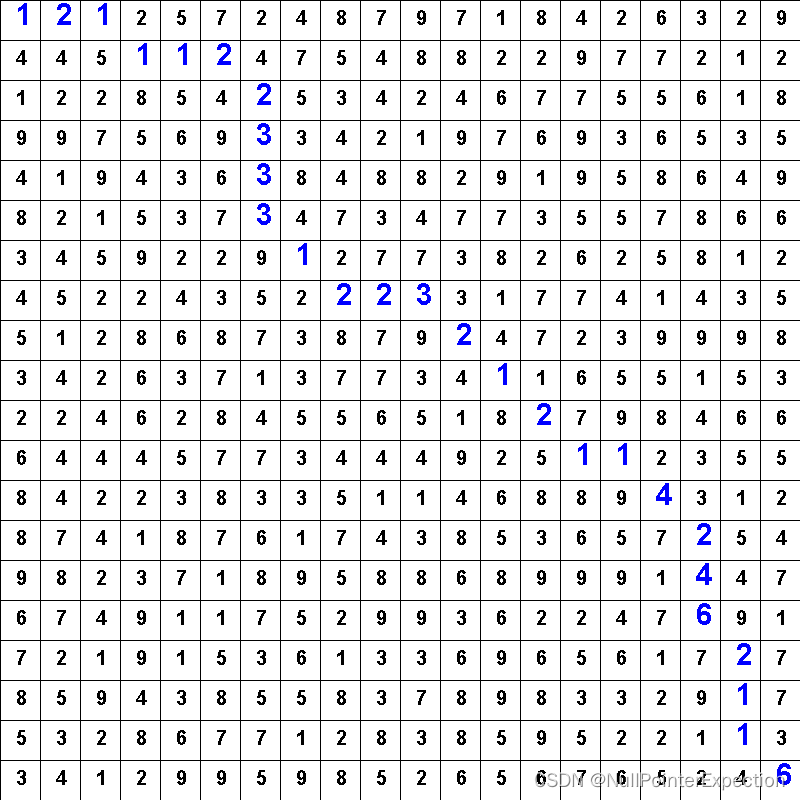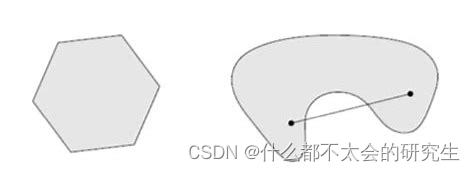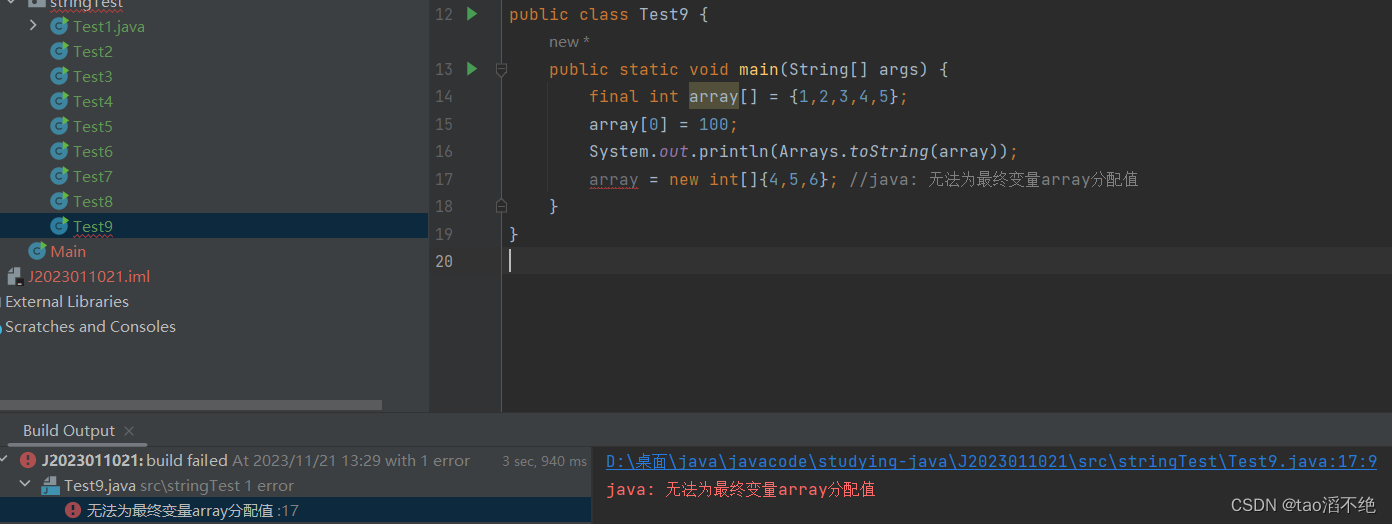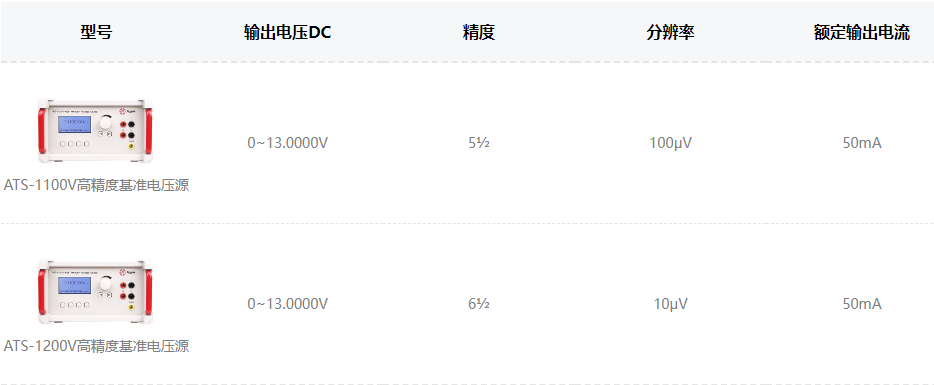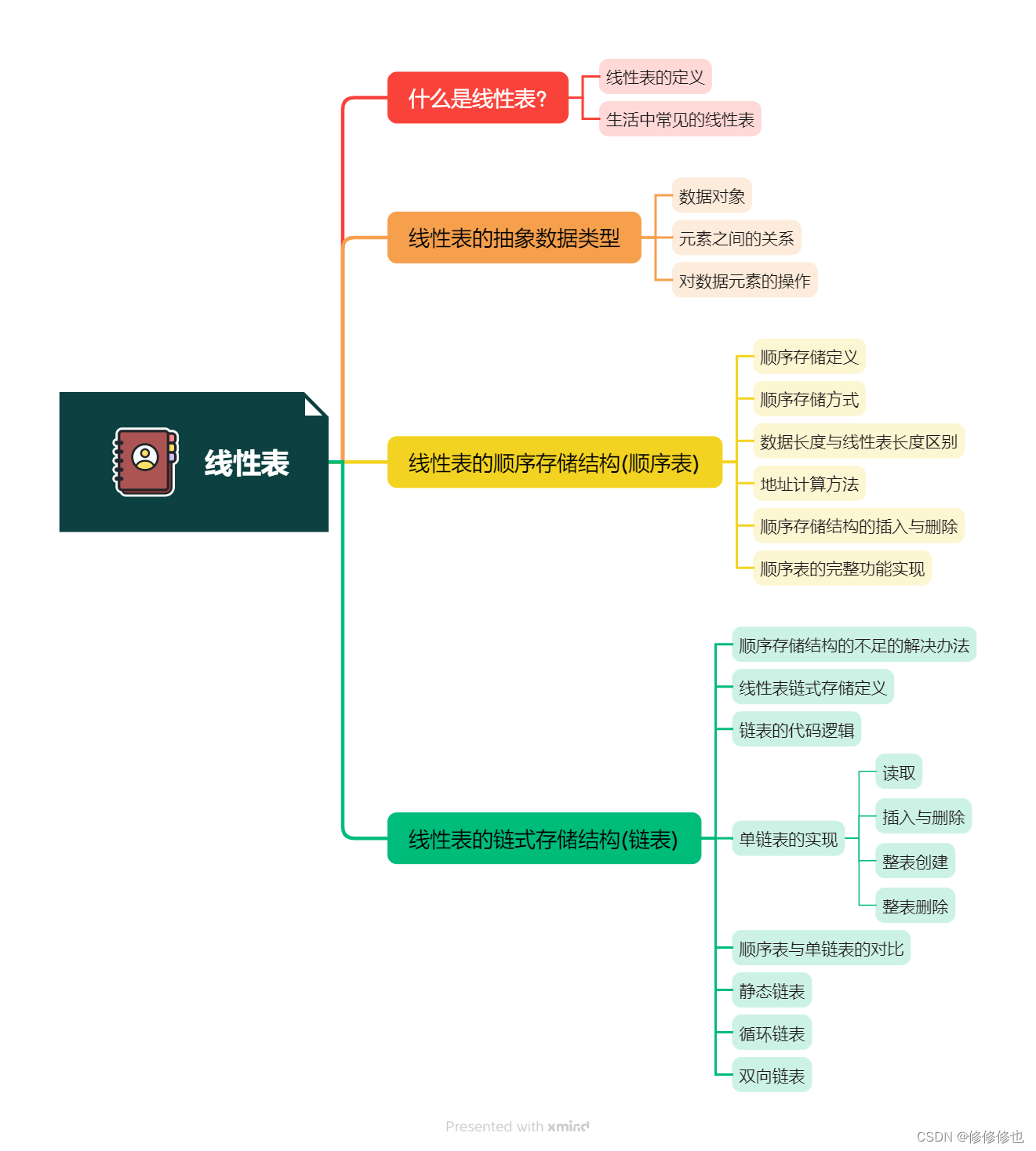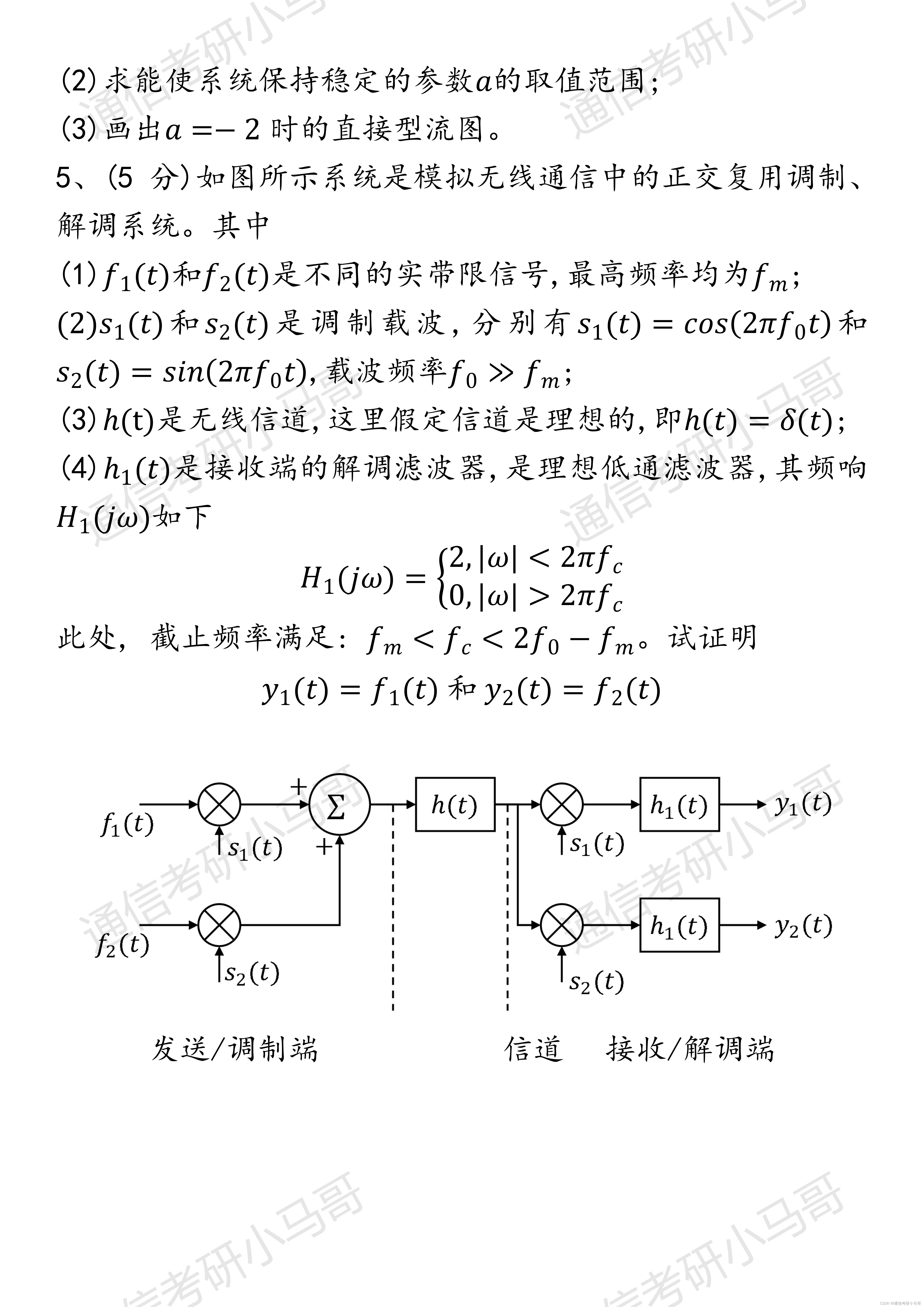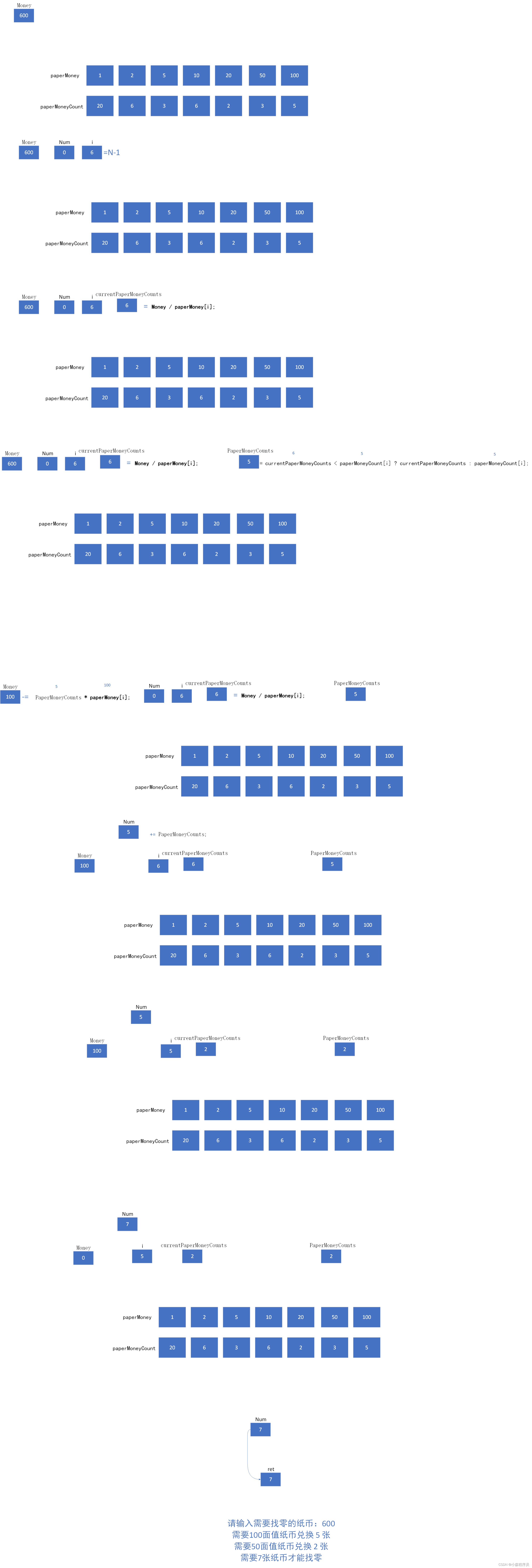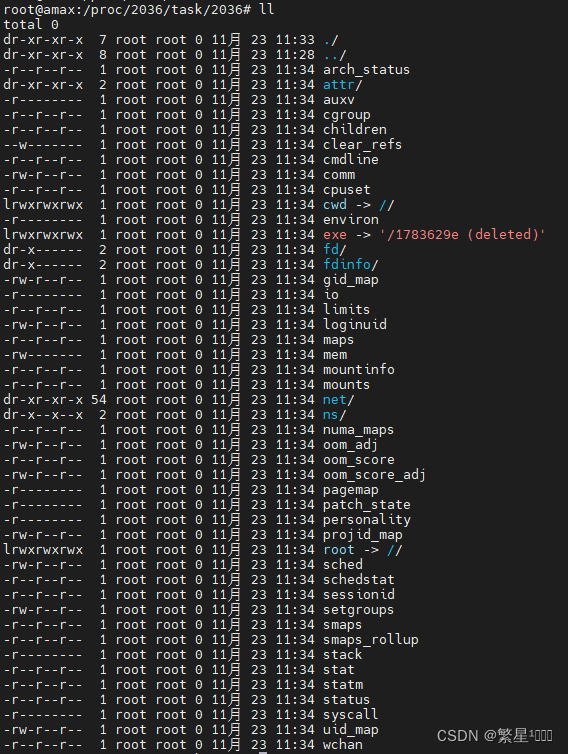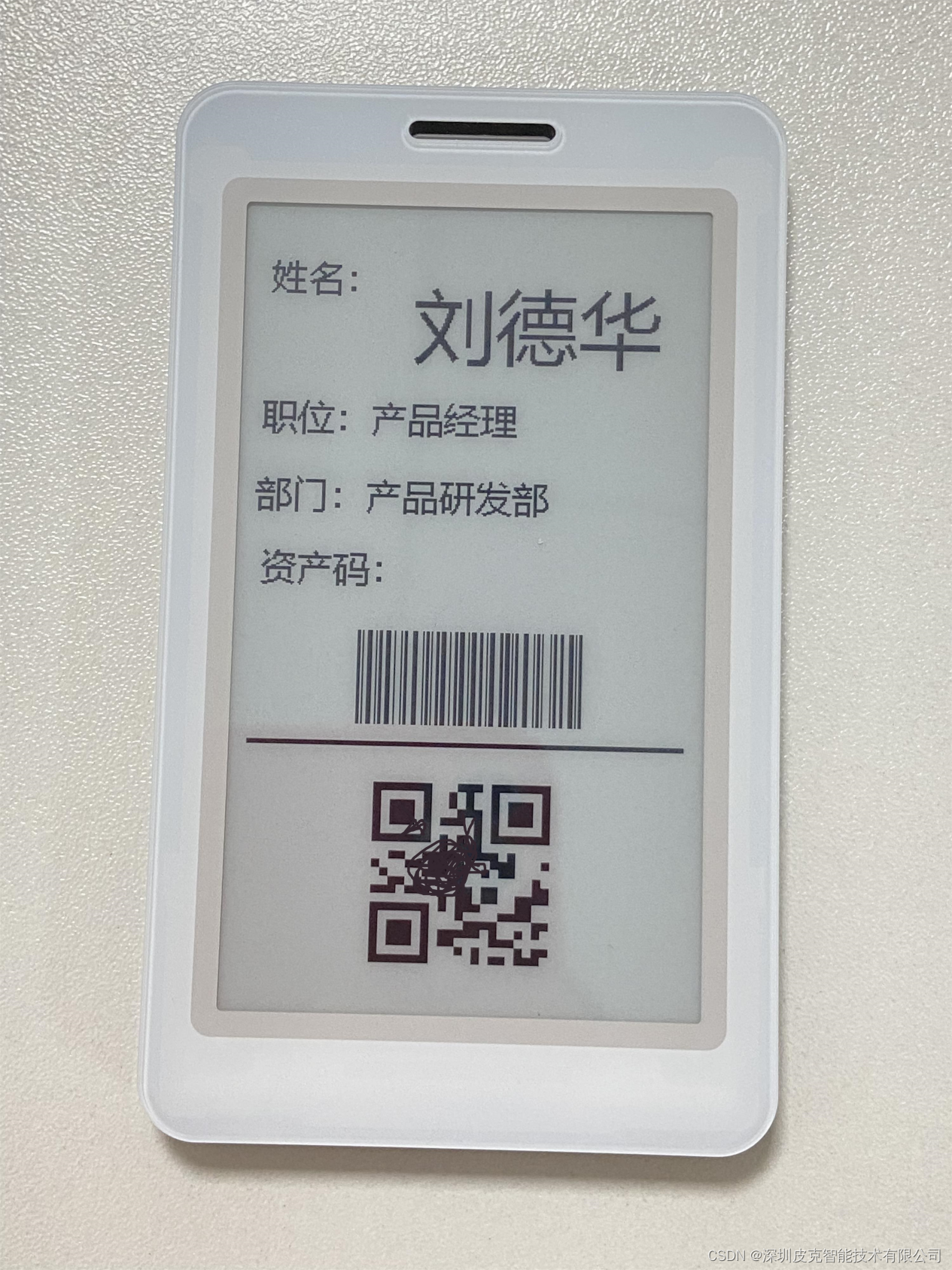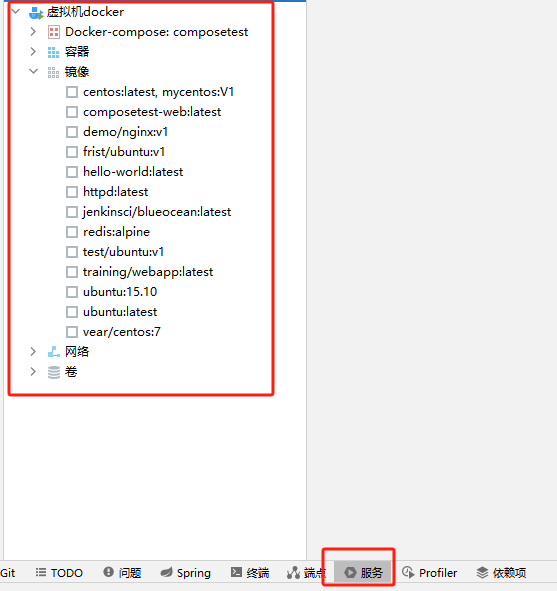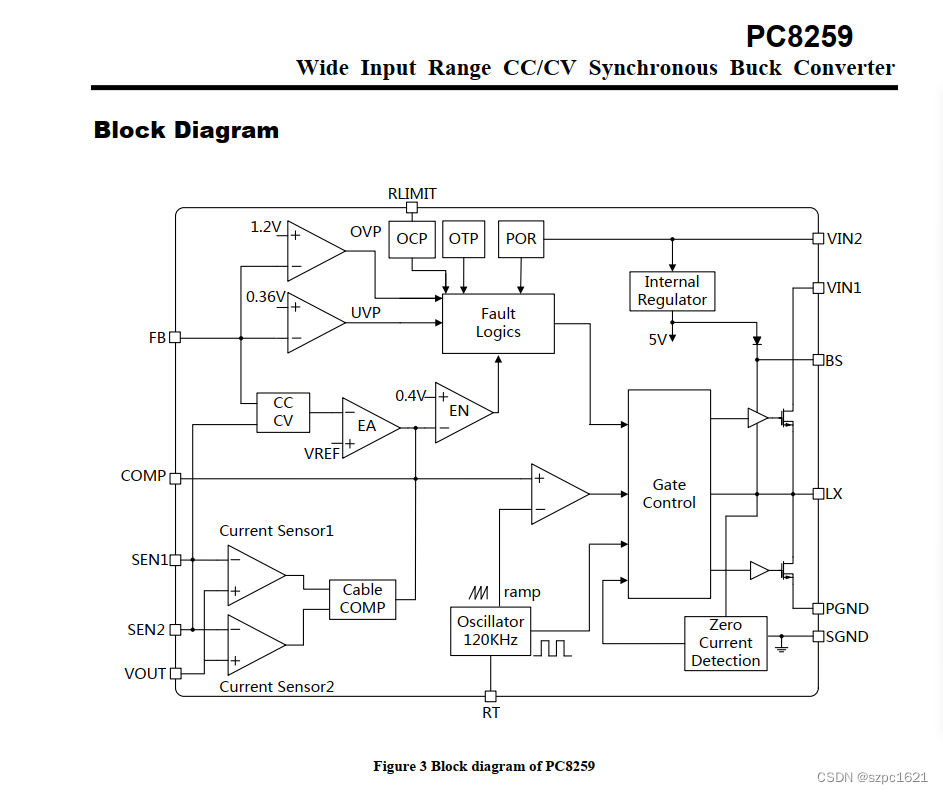dp[i][j] 表示在以点(0,0)作为左上角,点(i,i) 作为右下角的二维网格中 左上角到右下角的最短路径,
动态转移方程为:dp[i][j] = min{ dp[i][j-1],dp[i-1][j],dp[i-1][j-1] }.distance + weight[i][j]
ImageUtils.java:
import java.awt.*;
import java.awt.image.BufferedImage;
import java.io.File;
import java.io.IOException;
import java.util.HashSet;
import java.util.List;
import java.util.Random;
import java.util.Set;
import javax.imageio.ImageIO;
public class ImageUtils {
/**
*
* @param mat
* @param outputPath
* @param cellSize 格子的边长
*/
public static void printMat2Image(int[][] mat, String outputPath,int cellSize,PathVO path) {
// 总行数
int rowCount = mat.length;
// 总列数
int colCount = mat[0].length;
int fontSize = cellSize / 2;
BufferedImage image = new BufferedImage(colCount * cellSize, rowCount * cellSize, BufferedImage.TYPE_INT_RGB);
Graphics g = image.getGraphics();
Random random = new Random();
// 设置背景色为白色
g.setColor(Color.WHITE);
g.fillRect(0, 0, colCount * cellSize, rowCount * cellSize);
// 画网格
g.setColor(Color.BLACK);
for (int i = 0; i <= rowCount; i++) {
g.drawLine(0, i * cellSize, colCount * cellSize, i * cellSize);
}
for (int i = 0; i <= colCount; i++) {
g.drawLine(i * cellSize, 0, i * cellSize, rowCount * cellSize);
}
Set<String> codes = new HashSet<>();
List<PointVO> points = path.getPoints();
for( PointVO point:points ){
codes.add( point.getRowNum() + "_" + point.getColNum() );
}
/* Color color = g.getColor();
// 画路径
List<PointVO> points = path.getPoints();
g.setColor( Color.GREEN );
for( PointVO point:points ){
int x = point.getRowNum() * cellSize;
int y = point.getColNum() * cellSize;
g.fillRect(x, y, cellSize, cellSize); // 填充矩形
}
g.setColor( color );*/
// 写入文本
g.setFont(new Font("Arial", Font.BOLD, fontSize));
Color color_old = g.getColor();
Color color_green = Color.GREEN;
FontMetrics fontMetrics = g.getFontMetrics();
for (int rowNum = 0; rowNum < rowCount; rowNum++) {
int[] row = mat[rowNum];
for (int colNum = 0; colNum < colCount; colNum++) {
int num = row[colNum];
String code = rowNum + "_" + colNum;
if( codes.contains( code ) ){
g.setColor( color_green );
}else {
g.setColor( color_old );
}
String text = String.valueOf( num );
int x = colNum * cellSize + (cellSize - fontMetrics.stringWidth(text) ) / 2;
int y = rowNum * cellSize + (cellSize - fontMetrics.getHeight()) / 2 + fontMetrics.getAscent();
g.drawString(text, x, y);
}
}
// 输出图片
try {
ImageIO.write(image, "png", new File(outputPath));
System.out.println("图片已生成:" + outputPath);
} catch (IOException e) {
e.printStackTrace();
}
}
}PathVO.java:
import lombok.Getter;
import lombok.Setter;
import java.io.Serializable;
import java.util.List;
@Getter
@Setter
public class PathVO implements Serializable {
private List<PointVO> points;
private Integer distance;
}PointVO.java:
import lombok.Getter;
import lombok.Setter;
import java.io.Serializable;
@Getter
@Setter
public class PointVO implements Serializable {
private Integer rowNum;
private Integer colNum;
public PointVO(Integer rowNum, Integer colNum) {
this.rowNum = rowNum;
this.colNum = colNum;
}
}Test.java:
import lombok.Getter;
import lombok.Setter;
import java.util.ArrayList;
import java.util.List;
import java.util.Random;
@Getter
@Setter
public class Test {
public static void main(String[] args) {
test();
}
private static void test(){
/* int rowCount = 10;
int colCount = 10;*/
// int[][] mat = initRandomWeightMat( rowCount,colCount );
int[][] mat = new int[][]{
{ 9, 9, 9, 9, 9, 9 },
{ 9, 1, 9, 9, 9, 9 },
{ 9, 1, 1, 9, 9, 9 },
{ 9, 1, 9, 1, 9, 9 },
{ 9, 1, 1, 1, 9, 1 },
{ 9, 9, 9, 9, 1, 9 }
};
// dp[i][j] 表示在以点(0,0)作为左上角,点(i,i) 作为右下角的二维网格中 左上角到右下角的最短路径,
// 动态转移方程为:dp[i][j] = min{ dp[i][j-1],dp[i-1][j] }.distance + weight[i][j]
int rowCount = mat.length;
int colCount = mat[0].length;
PathVO[][] dp = new PathVO[rowCount][colCount];
PathVO path = new PathVO();
List<PointVO> points = new ArrayList<>();
points.add( new PointVO( 0,0 ) );
path.setPoints( points );
path.setDistance( mat[0][0] );
dp[0][0] = path;
for (int colNum = 1; colNum < colCount; colNum++) {
int rowNum = 0;
int weight = mat[rowNum][colNum];
PathVO path_prev = dp[rowNum][colNum - 1];
path = new PathVO();
points = new ArrayList<>();
points.addAll( path_prev.getPoints() );
points.add( new PointVO( rowNum,colNum ) );
path.setPoints( points );
path.setDistance( path_prev.getDistance() + weight );
dp[rowNum][colNum] = path;
}
for (int rowNum = 1; rowNum < rowCount; rowNum++) {
int colNum = 0;
int weight = mat[rowNum][colNum];
PathVO path_prev = dp[rowNum-1][colNum];
path = new PathVO();
points = new ArrayList<>();
points.addAll( path_prev.getPoints() );
points.add( new PointVO( rowNum,colNum ) );
path.setPoints( points );
path.setDistance( path_prev.getDistance() + weight );
dp[rowNum][colNum] = path;
}
for (int rowNum = 1; rowNum < rowCount; rowNum++) {
for (int colNum = 1; colNum < colCount; colNum++) {
Integer weight = mat[ rowNum ][colNum];
path = new PathVO();
points = new ArrayList<>();
// 当前点要么从上面的点到达,要么从 左边的点到达
PathVO path_prev_up = dp[ rowNum -1 ][colNum];
PathVO path_prev_left = dp[ rowNum ][colNum-1];
PathVO path_prev_left_up = dp[ rowNum-1 ][colNum-1];
PathVO path_prev_min = path_prev_up;
if( path_prev_left.getDistance() < path_prev_min.getDistance() ){
path_prev_min = path_prev_left;
}
if( path_prev_left_up.getDistance() < path_prev_min.getDistance() ){
path_prev_min = path_prev_left_up;
}
points.addAll( path_prev_min.getPoints() );
points.add( new PointVO( rowNum,colNum ) );
path.setDistance( path_prev_min.getDistance() + weight );
path.setPoints( points );
dp[ rowNum ][colNum] = path;
}
}
path = dp[ rowCount -1 ][colCount -1];
String outputPath = "C:\\E\\xxx.png";
ImageUtils.printMat2Image( mat,outputPath,40,path );
}
private static int[][] initRandomWeightMat(int rowCount, int colCount) {
Random random = new Random();
// 初始化 二维网格矩阵
int[][] mat = new int[rowCount][colCount];
for (int rowNum = 0; rowNum < rowCount; rowNum++) {
for (int colNum = 0; colNum < colCount; colNum++) {
mat[ rowNum ][colNum] = random.nextInt( 2 ) + 1;
}
}
return mat;
}
}测试输出:

